Mylonas Winery Reinventing Savatiano
June 23, 2019 0European Wines, Greek Wine, Red Wine, Rest of the World, Rose Wine, White Wine, Wine Reviews
For something like 15 years I worked in DC and abroad on international development programs. My specialty was media development. While I focused the longest on the Balkans, shifts in funding priorities also had me working around the Middle East, Afghanistan, Cuba, and elsewhere. While I no longer do that work, it's because of it that I landed in Turkey. Where, after a fair few years of adulthood, I finally figured out what I want to be when I grown up. Hint: it's about wine. People haven't cornered the market on self reinvention. While it requires human intervention to do so, wine also goes through transformative periods. Take
Read More












